The Middle East and North Africa are home to some of the world’s best natural beauty recipes and rituals.
These seven beauty secrets have been used across the region for centuries by the likes of original beauty queens Cleopatra and the Queen of Sheba.
They are now being bottled and sold by some of the hottest high-end beauty brands thanks to their natural healing, moisturising and age-defying properties.
 Cleopatra – the original beauty queen
Cleopatra – the original beauty queen
1. Argan Oil
Sourced exclusively from Morocco, this natural oil that is often referred to as ‘liquid gold’ is produced from the kernels of the argan tree. Argan oil is high in Vitamins A and E, along with Omega 6 and Omega 9 (two essential fatty acids), so it goes without saying that the more natural and less diluted it is, the greater the benefits!
This magical serum reduces inflammation and moisturises the skin without clogging your pores, so it’s become a coveted ingredient in many skin creams. It also boosts cell production so it’s often used to repair dry or damaged hair and to reduce the appearance of scars and stretch marks.
You’ll probably see argan oil advertised as the magical ingredient in various fancy (and probably very expensive) creams and shampoos. But the purest and most natural argan oil you can get is sold in small, non-descript little glass bottles at traditional Amazigh pharmacies hidden away in the maze-like medinas of Morocco.
Moroccans have been using this ‘liquid gold’ for centuries for just about everything cosmetic, from healing cuts and grazes to reducing the appearance of pimples and curing skin conditions like acne and eczema.
 Argan oil has been used by Moroccans as a skin treatment for centuries (image: healthiack.com)
Argan oil has been used by Moroccans as a skin treatment for centuries (image: healthiack.com)
2. Frankincense
Frankincense comes from the sap of the Boswellia tree, which is predominantly found in Oman and Yemen.
As well as being used in perfume, frankincense is highly beneficial for regenerating skin cells, reducing scars and blemishes, and preventing premature ageing. It has also been proven to have various other health benefits including boosting the immune system, killing bacteria and germs, improving memory, reducing stress and even fighting cancer.
Frankincense was historically traded along the famous Silk Routes. The highly valuable natural perfume was brought from Southern Arabia by camel and sold at markets from Central Asia to Southern Europe. According to the Bible, this highly coveted aromatic resin was given as a gift by the Queen of Sheba to King Solomon.
 Frankincense was traded along the old Silk Routes (image: Parks Candles)
Frankincense was traded along the old Silk Routes (image: Parks Candles)
3. Kohl
Kohl, which is produced by grinding the mineral stibnite, is used as an eye liner and mascara.
It was traditionally worn by women and sometimes men and children across the Middle East and North Africa. Its use can be traced back to ancient Egypt, when it was worn by queens and noble women – so it was Cleopatra, not Rimmel, who started the highly fashionable smoky eye trend!
Many Muslims believe that the Prophet Mohammed used kohl and recommended its use to others because he believed it was beneficial for the eyes. It is still used today in many parts of the region, particularly during Ramadan when it is worn as a sign of devotion to the Prophet (many people in the Middle East put it on their babies, which can come as a surprise to foreigners!).
 Kohl eyeliner in a traditional carved wooden pot (image: Taupe & Pearl)
Kohl eyeliner in a traditional carved wooden pot (image: Taupe & Pearl)
4. Dead Sea mud
The mud (or clay) found in the Dead Sea has become hugely popular as a skin mask thanks to its highly beneficial and nourishing natural properties. It is high in minerals such as magnesium, potassium, iron, sodium, calcium and chloride.
Dead Sea mud detoxifies and exfoliates the skin, drawing out impurities and toxins and increasing circulation. It naturally moisturises and softens the skin, leaving it clear, even and toned. It has also been found to treat skin conditions such as dermatitis and psoriasis.
The thick, gooey clay was historically used by the peoples of Ancient Egypt, and is sold today in face masks, soaps and skin creams – though nothing beats a full body mask on the shores of the Dead Sea itself.
 Tourists cover themselves in mud when visiting the Dead Sea to make the most of its unique skin benefits (image: Nuuvee)
Tourists cover themselves in mud when visiting the Dead Sea to make the most of its unique skin benefits (image: Nuuvee)
5. Rosewater
As the name suggests, rosewater is made by simply steeping rose petals in water. Some trace its production back to Sassanid Persia, though others believe it was also used in early Egypt (Cleopatra supposedly used it in her skincare regime). It continues to be produced in vast quantities in Iran and has also been made from the Damask rose, grown in Syria.
Rosewater is highly beneficial for the skin and hair thanks to its natural anti-inflammatory, anti-bacterial, antioxidant, cleansing and hydrating properties.
 (image: Medical News Today)
(image: Medical News Today)
This simple but multitalented elixir not only treats skin conditions such as acne, redness, dryness, eczema and dermatitis, but it also helps remove oil and dirt clogging pores. It helps strengthen skin cells and regenerate skin tissue and is therefore useful for healing scars and cuts and for preventing wrinkles.
Rosewater’s nourishing and moisturising properties also make it good for the hair and scalp, and on top of all that, its distinct aroma is believed to be a powerful mood enhancer, aiding sleep and reducing anxiety.
It is often found today in face creams, oils, washes and sprays, but undoubtedly the greatest benefit comes from the real thing – pure and undiluted rosewater with no added chemicals.
 Harvesting rose petals to make rosewater in Iran (image: Mehr News Agency)
Harvesting rose petals to make rosewater in Iran (image: Mehr News Agency)
6. Camel milk
This one might surprise you, but camel milk is FULL of incredible vitamins and nutrients that moisturise the skin and prevent ageing.
It’s higher in iron than cow’s milk and it’s also rich in Alpha and Beta Hydroxy acids that help plump the skin and even out fine wrinkles. It also contains lanolin, which deeply moisturises the skin, along with Vitamin B and Vitamin C, which increases collagen production.
As well as moisturising and toning, it also soothes inflammation, making it perfect for sensitive and acne-prone skin.
While today it is found in upmarket skin creams and soaps, the nomadic Bedouin Arabs have been using camel milk for centuries for its medicinal and cosmetic powers.
 Camel milk is full of vitamins and minerals that hydrate the skin and prevent ageing (image: Speakzeasy)
Camel milk is full of vitamins and minerals that hydrate the skin and prevent ageing (image: Speakzeasy)
7. Figs
Native to the Middle East (particularly Mediterranean countries like Turkey and Lebanon) and Western Asia, figs are widely known for their health properties but much lesser known for their cosmetic benefits.
When used on the skin, they moisturise and hydrate, cure boils and warts, prevent wrinkles, and remedy acne and hyper-pigmentation. They are also high in nutrients like Vitamins C and E and magnesium, which promote hair growth.
Figs are rich in antioxidants and their many health benefits range from contributing to a healthy heart to preventing insomnia to increasing your sexual stamina (and the list goes on…). It therefore comes as no surprise that they are believed to have been Cleopatra’s favourite fruit!
 Figs – is there anything these bad boys CAN’T do…!? (image: The Spruce)
Figs – is there anything these bad boys CAN’T do…!? (image: The Spruce)
If you liked this, you might also enjoy:
3 young Moroccan bloggers taking the internet by storm



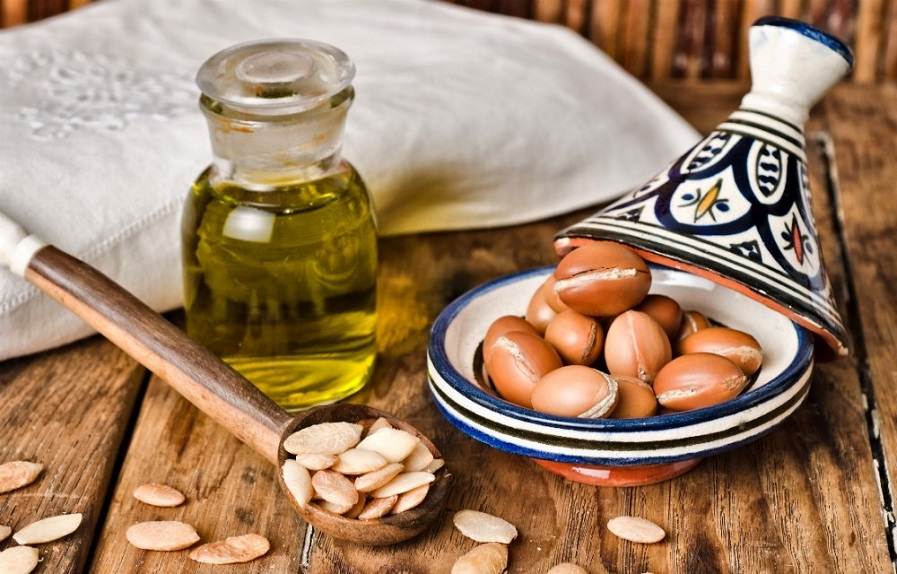
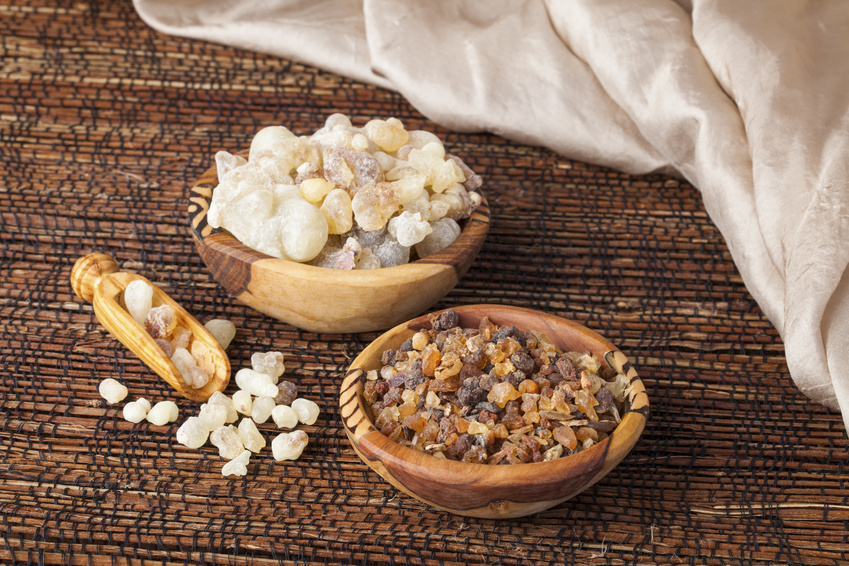
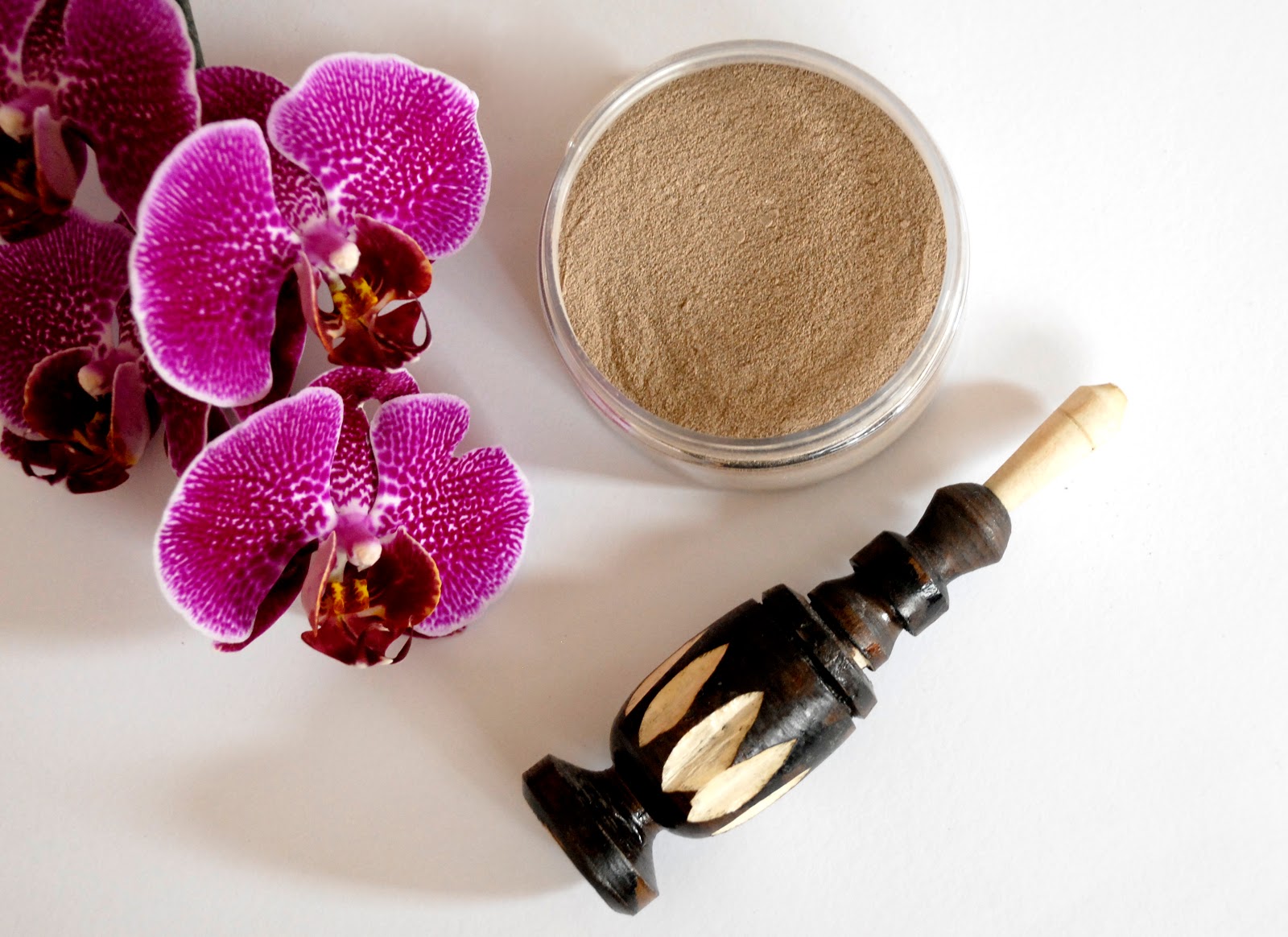
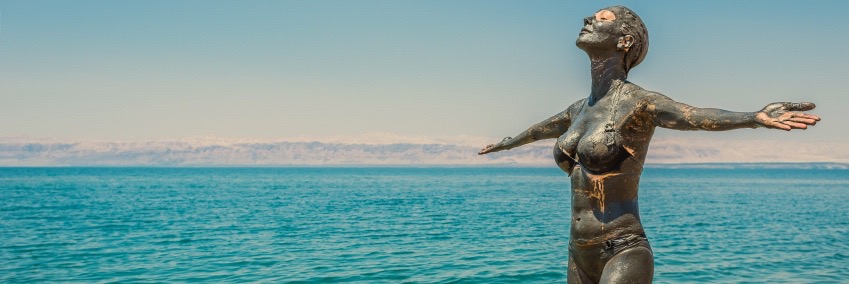

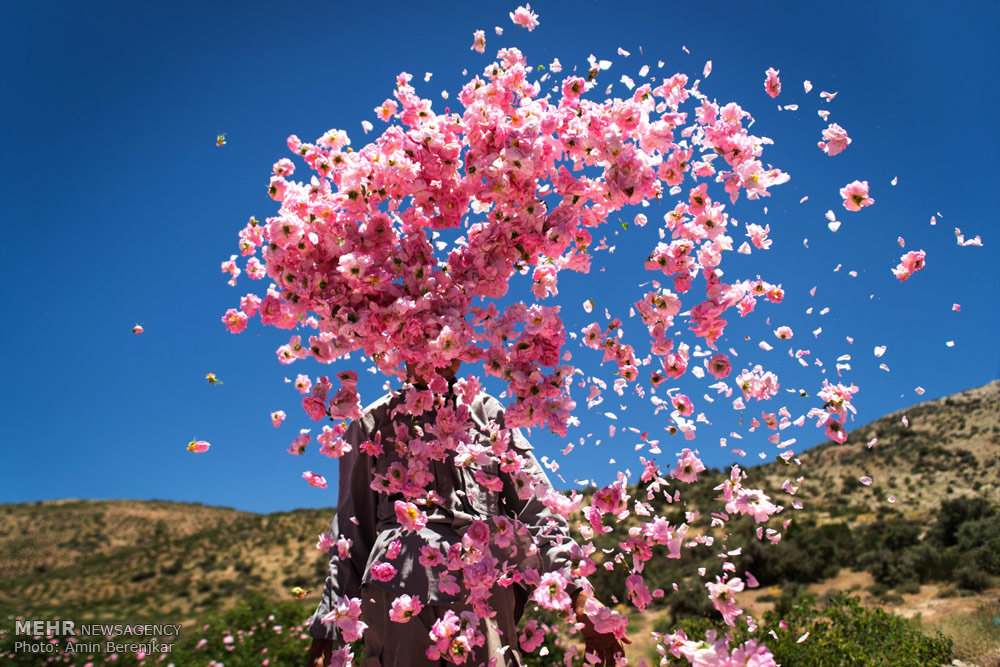
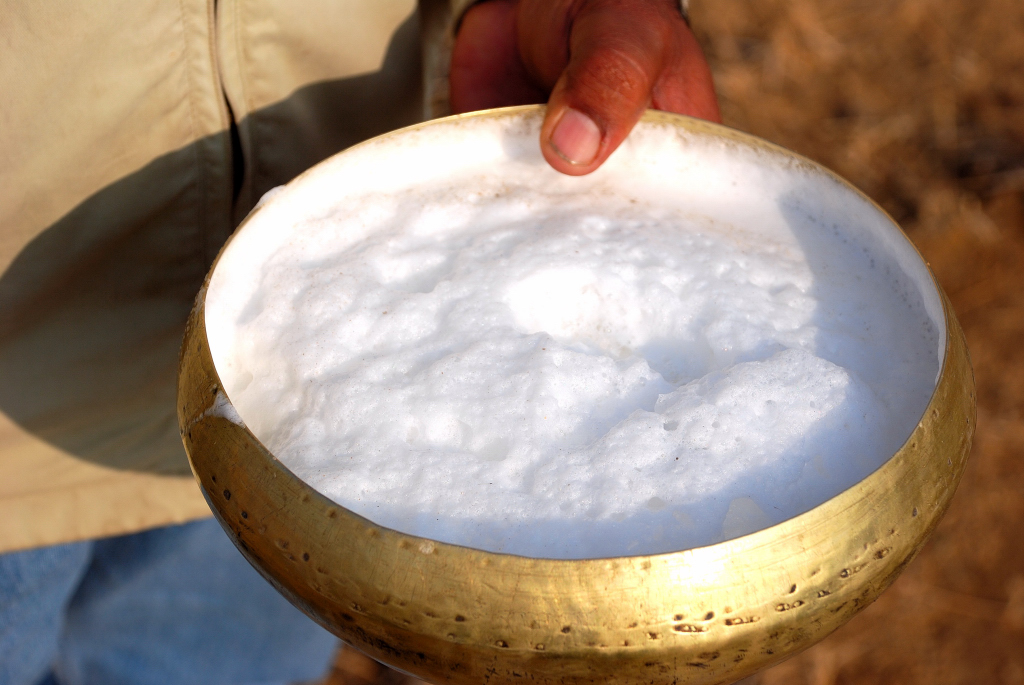
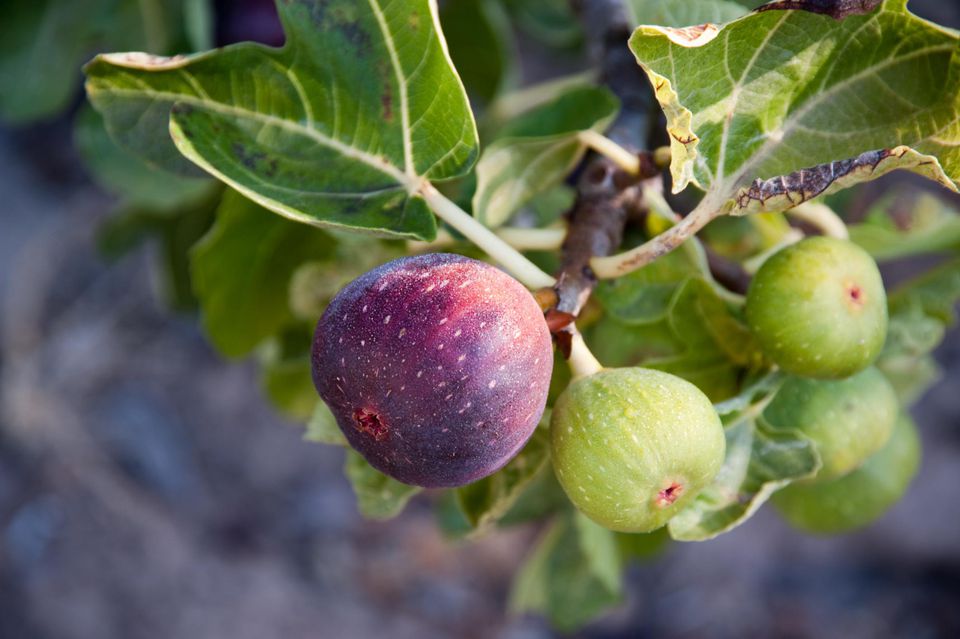





Love the smell of frankincense
Totally agree! It smells incredible 😍